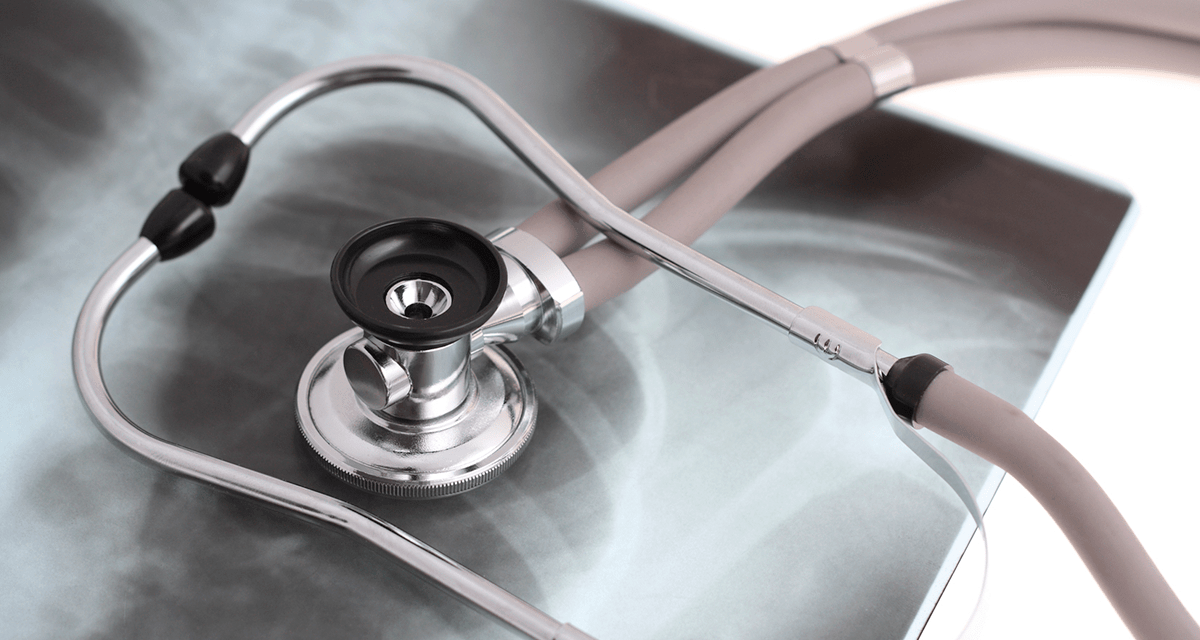Multidetector computed tomography (MDCT) angiography is a useful examination to detect the source of the bleeding in patients with hemoptysis. The aim of the study was to prospectively evaluate the role and clinical efficacy of MDCT angiography before bronchial artery embolization (BAE) for the management of hemoptysis, and to investigate the predictors of early recurrence.
It is a double-center study which included 57 hemoptysis patients undergoing MDCT angiography prior to BAE from August 2019 to July 2020. A prospective analysis of culprit arteries detected by MDCT angiography allowed an evaluation of the role of this technique. A follow-up was done to assess the efficacy of BAE with preprocedural MDCT angiography and to explore the risk factors of early recurrent hemoptysis.
The accuracy of MDCT angiography in the identification of culprit arteries was as high as 97.5%. The average number of total culprit arteries per patient was 2.75 ± 1.73. Among which, the average numbers of culprit ectopic bronchial arteries (BAs) and non-bronchial systemic arteries (NBSAs) per patient were 0.21 ± 0.41 and 1.04 ± 1.57, respectively. The immediate clinical success rate, total hemoptysis recurrence rate, and early hemoptysis recurrence rate of BAE following MDCT angiography were 94.7, 18.5, 16.7%, respectively. Aspergilloma (HR = 6.63, 95% CI: 1.31-33.60, p = 0.022) was associated with an increase in the risk of early recurrence.
MDCT angiography should be performed before BAE for the management of hemoptysis. Aspergilloma was an independent predictor for early recurrence.
Value of multidetector computed tomography angiography before bronchial artery embolization in hemoptysis management and early recurrence prediction: a prospective study.


